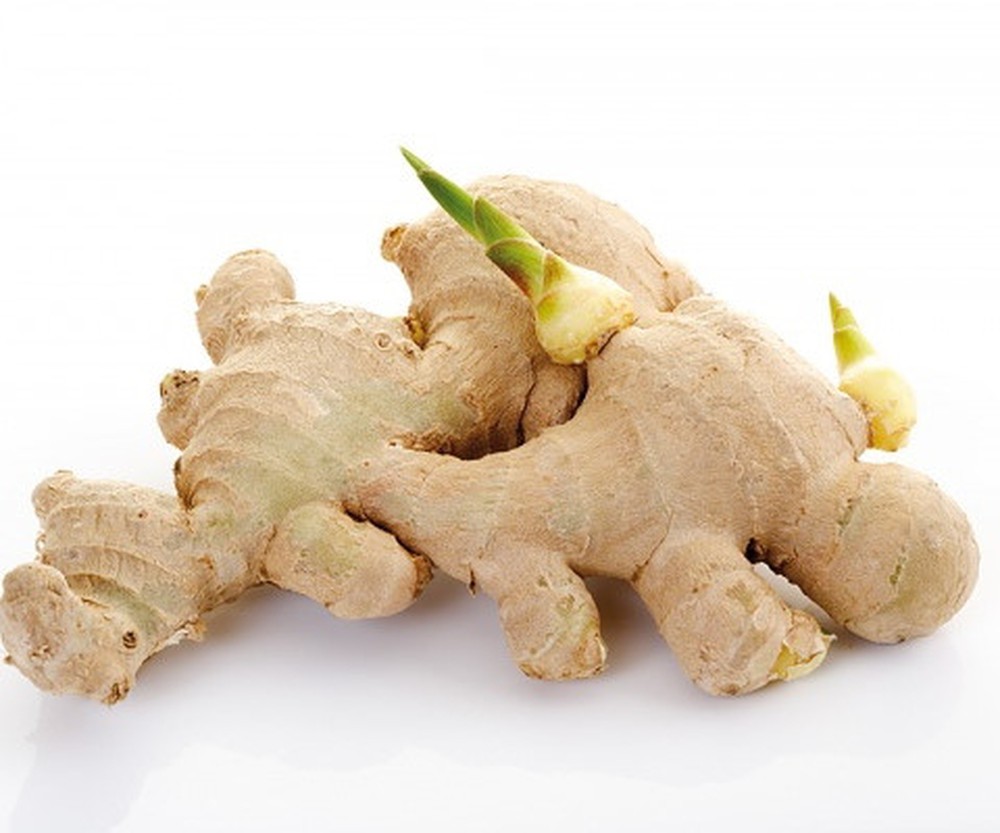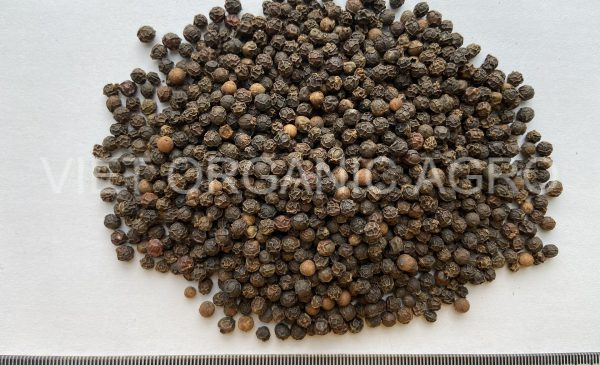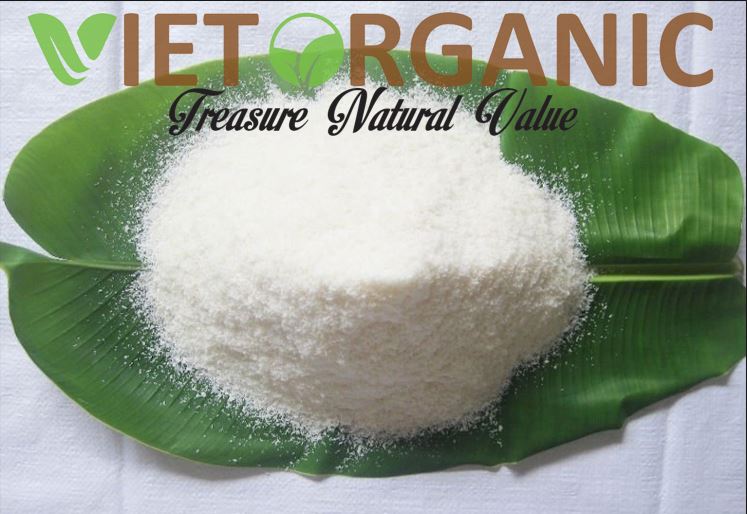Turmeric or Curcumin: An overview
Turmeric, a member of the ginger family, has antioxidant and anti-inflammatory properties. Several varieties grow in Viet Nam. The most common are yellow turmeric (the most familiar in the West), red turmeric (with deeper orange flesh bordering on red and a darker peel), and black turmeric (for medicinal uses only, with a very dark skin and purplish flesh). Both fresh rhizomes and dried, powdered turmeric are used in cooking and medicine.
Overview
Viet Nam has recently become one of a few countries to use nanotechnology to produce Nano-Curcumin, a turmeric-based drug used to treat cancer. Curcumin, the plant’s anti-oxidant and anti-inflammatory chemical, can inhibit the growth of cancerous cells, but it is difficult to dissolve in water and thus difficult to absorb in the body. 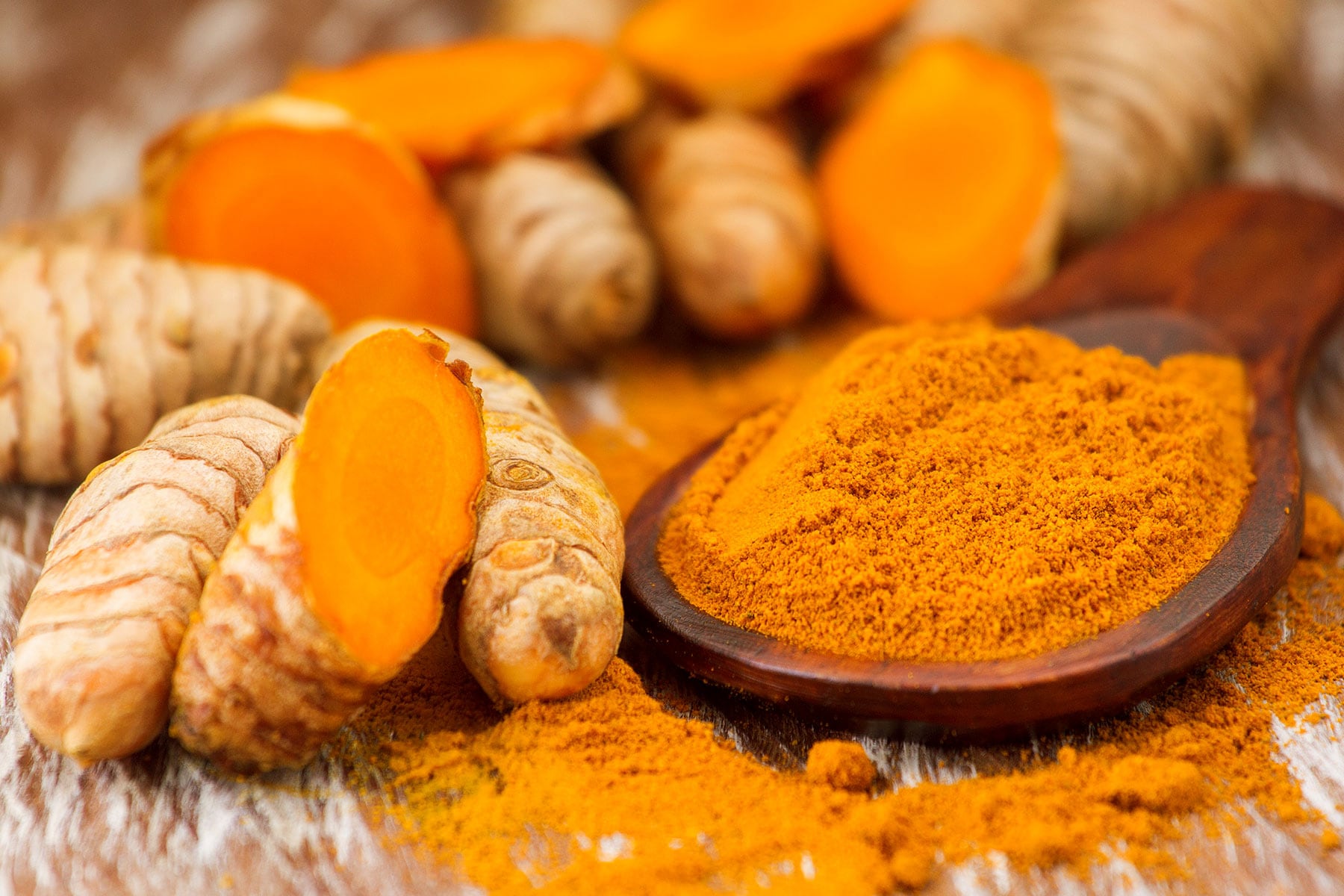
Turmeric has a warm, bitter flavor and is commonly used to flavor and color curry powders, mustards, butters, and cheeses. Because curcumin and other chemicals in turmeric may reduce swelling, it is frequently used to treat pain and inflammation-related conditions.
Origin and distribution
India has the greatest number of Curcuma species diversity, with around 40 to 45 species. Thailand has 30 to 40 species that are comparable. There are numerous wild Curcuma species in other tropical Asian countries like Viet Nam, Indonesia…
Uses
Culinary
Turmeric is a key ingredient in many Asian dishes, giving them a mustard-like, earthy aroma and a pungent, slightly bitter flavor. It is mostly used in savory dishes, but it is also used in some sweet dishes, such as cake sfouf. Various Iranian khoresh recipes start with caramelized onions in oil and turmeric. Turmeric is a common ingredient in the Moroccan spice blend ras el hanout. Turmeric is used in South Africa to turn boiled white rice into geelrys (yellow rice), which is traditionally served with bobotie.
Turmeric’s vibrant color and earthy flavor can be found in a variety of Vietnamese dishes, including stews and curries, as well as the southern Banh Xeo (sizzling pancake—a crispy yellow pancake stuffed with fresh herbs, pork, and shrimp) and its smaller, denser Hue cousin, Banh Khoai (happy pancake).
Dye
Curcumin gives turmeric its golden yellow color. It also contains an orange-colored volatile oil. Turmeric is a poor fabric dye because it is not light fast, but it is commonly used in Indian clothing such as saris and Buddhist monks’ robes. It is used to protect food products from sunlight and is coded as E100 when used as a food additive.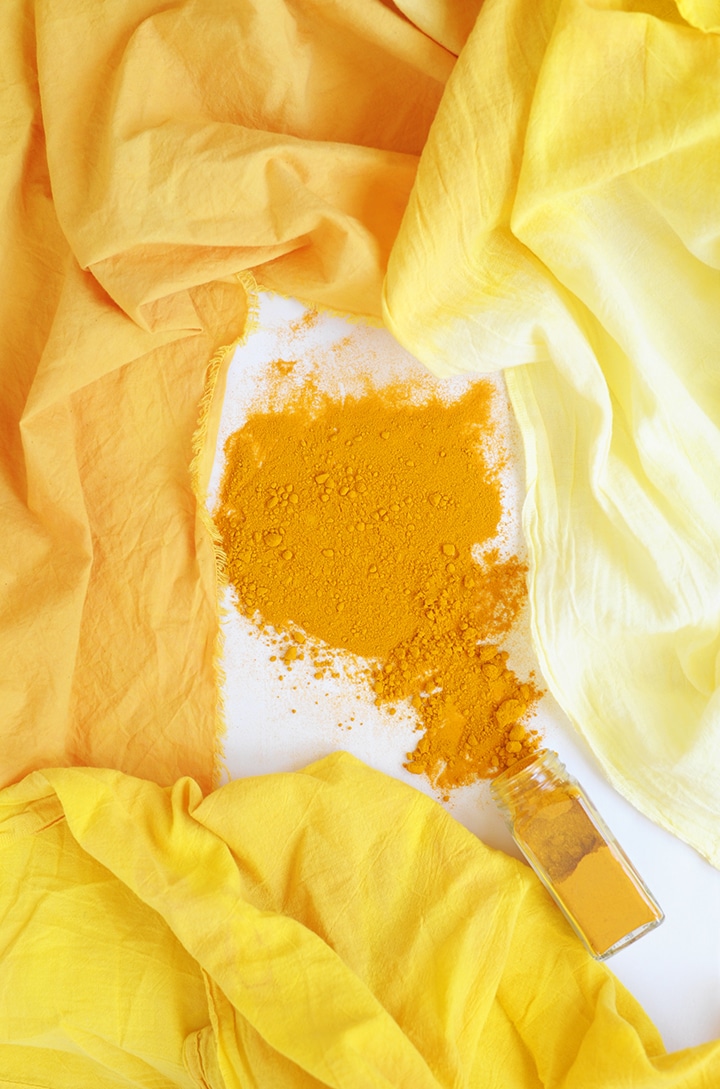
Turmeric has been used to color a variety of food products in conjunction with annatto (E160b).Turmeric is used to add a yellow color to some prepared mustards, canned chicken broths, and other foods, and is frequently used as a cheaper substitute for saffron.
Heath Benefits
- Hay fever: Taking turmeric orally seem to alleviate hay fever symptoms like sneezing, itching, runny nose, and congestion.
- Depression: The majority of research indicates that taking curcumin, a chemical found in turmeric, orally reduces depression symptoms in people who are already taking an antidepressant.
- High blood levels of cholesterol or other fats (lipids) (hyperlipidemia). Taking turmeric orally appears to reduce levels of blood fats known as triglycerides. However, the effects of turmeric on cholesterol levels are contradictory. There are also numerous turmeric products on the market. It is unknown which ones are the most effective.
- Itching. Taking turmeric by mouth may help to relieve itching caused by a variety of conditions.
Related posts
7 Health Benefits of Ginger || Viet Organic Agro
Ginger is a flowering plant whose rhizome, also known as ginger root or simply ginger, is widely used as a spice or folk medicine. It is a herbaceous perennial with one-meter-tall annual stems bearing narrow green leaves and yellow flowers. Ginger is extremely beneficial to one’s health.
Is Black Pepper good for you ? Nutrition, Uses, and More
Black pepper is known as the “King of Spices” because of its pungent flavor and distinct aroma, and it is used all over the world. Black pepper, in addition to adding flavor to foods, may act as an antioxidant and provide a variety of health benefits. Black pepper, scientifically known as Piper nigrum, is a […]
Star Aniseed – Viet Organic Agro
Star aniseed, also known as star anise, is a spice tree that grows abundantly in Vietnam. Vietnam is the world’s second-largest producer of star anise, after China. With an area of more than 50,000 ha, the main provinces for growing star aniseed are Lang Son, Cao Bang, and Quang Ninh. In the cosmetic and pharmaceutical […]
Vietnamese Cassia| Overview
Vietnamese cassia is the strongest, richest, and sweetest cinnamon around. The vibrant flavor of Vietnamese cinnamon really shines through in traditional cinnamon recipes like gooey cinnamon rolls. It is so potent that it should be reduced by a third in most recipes, but it is perfect used at full strength in any recipe where cinnamon […]
What is desiccated coconut? | Viet Organic Agro
Desiccated coconut is a dehydrated form of white coconut meat made from freshly selected matured coconuts and is available in granules, flakes, shreds, or chips. It is also available in two varieties: high fat (minimum 60% fat) and low fat (maximum 50 percent fat). These products of Viet Organic Agro are unsweetened and do not […]




